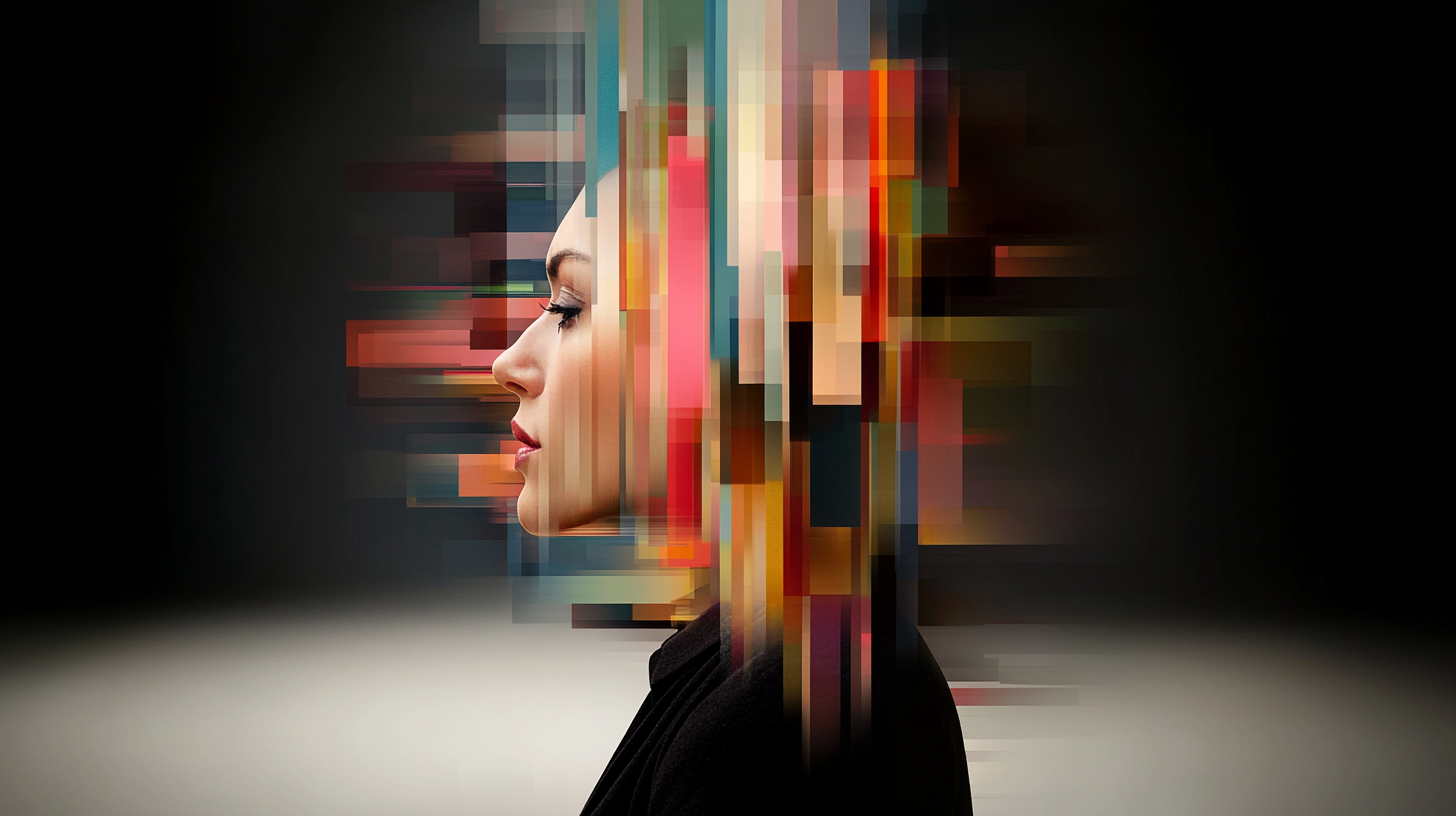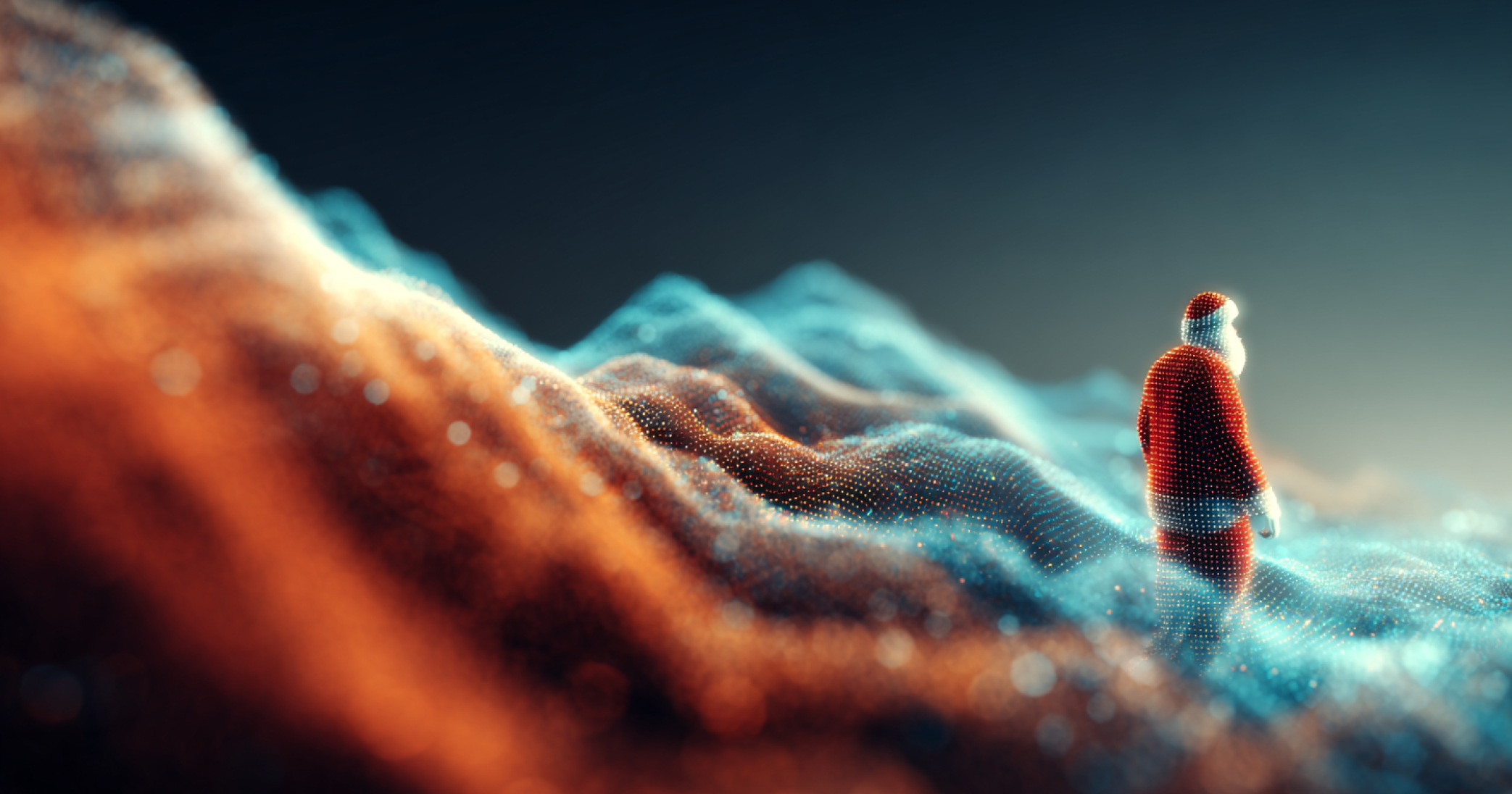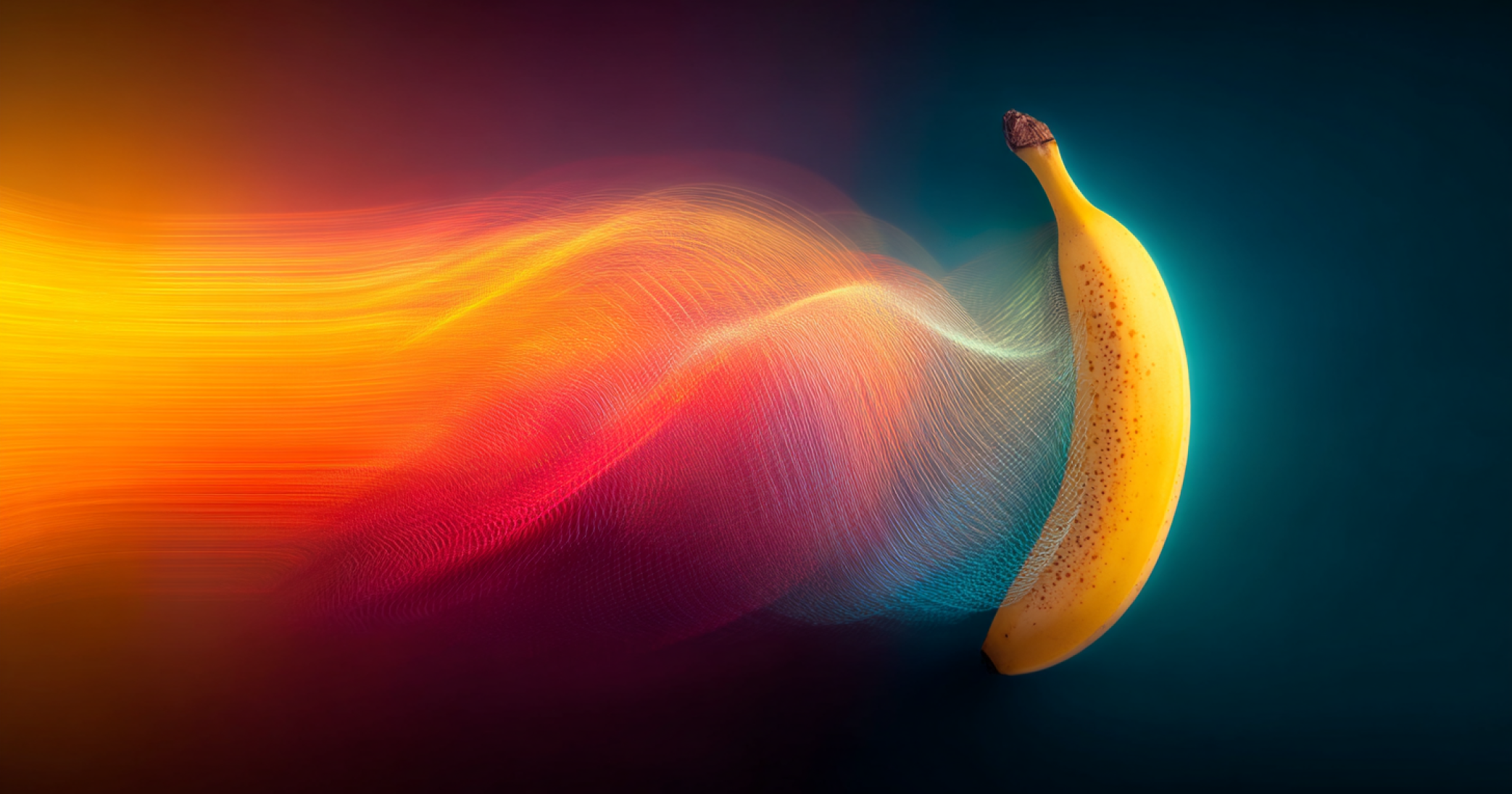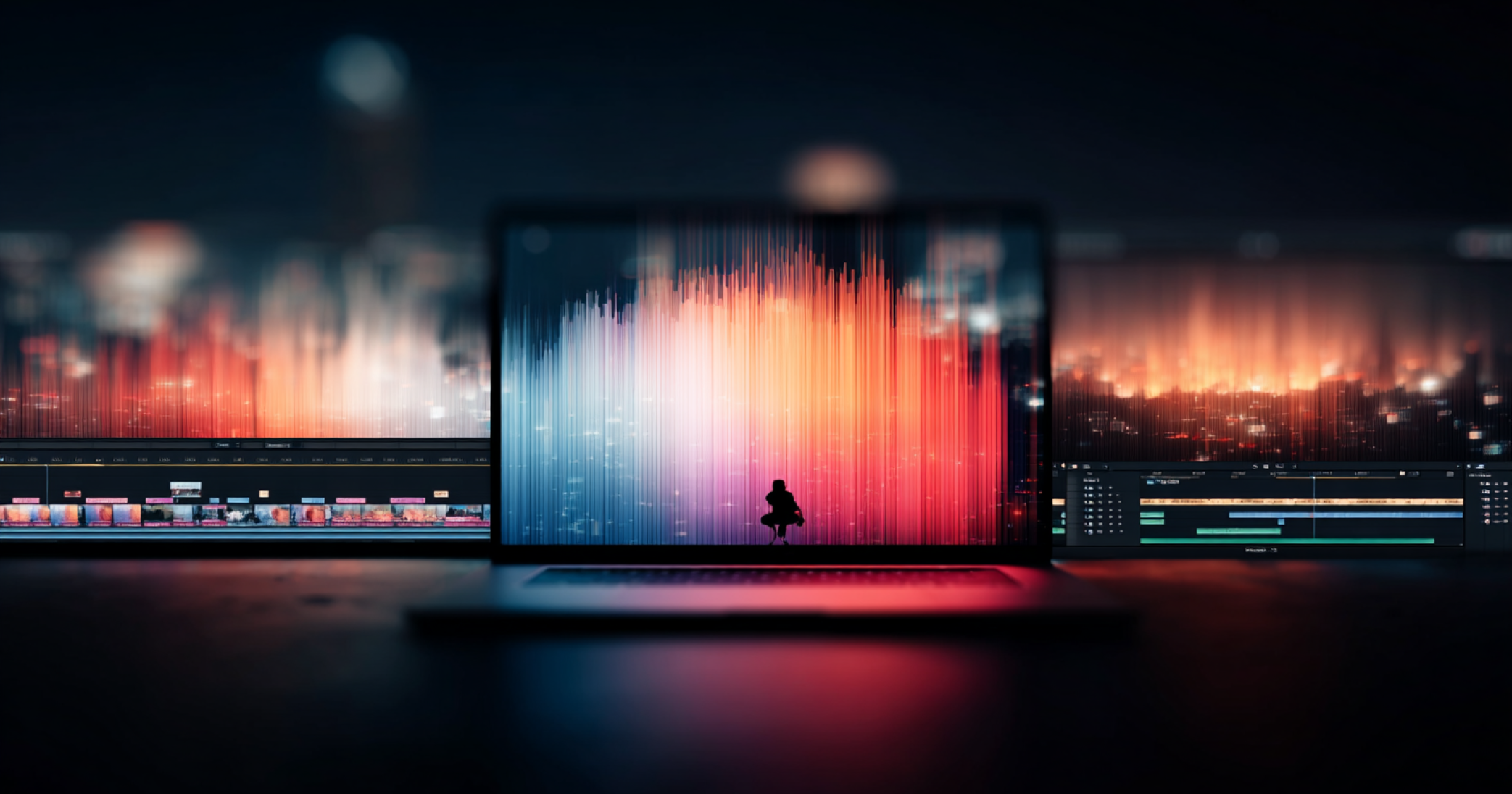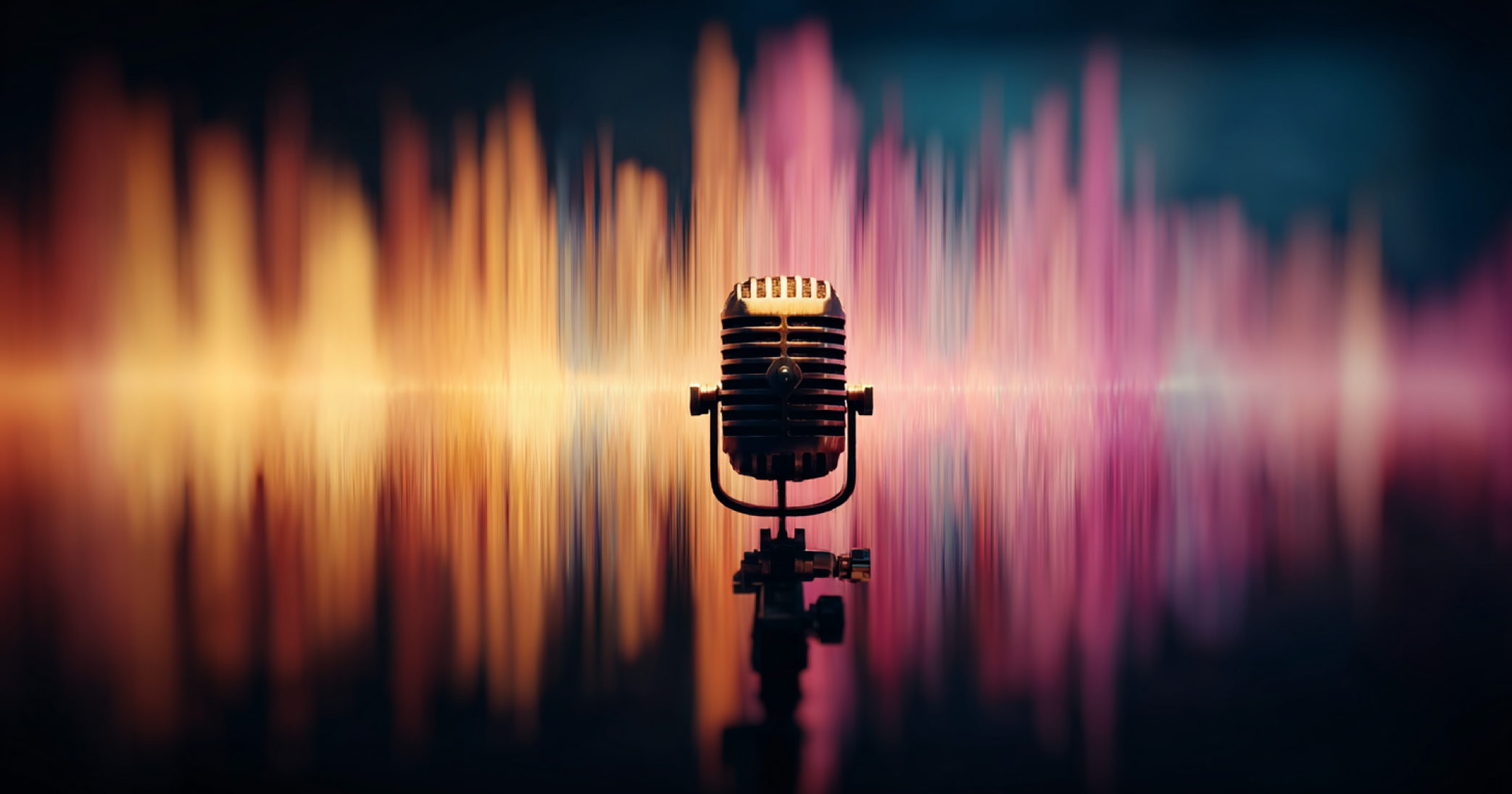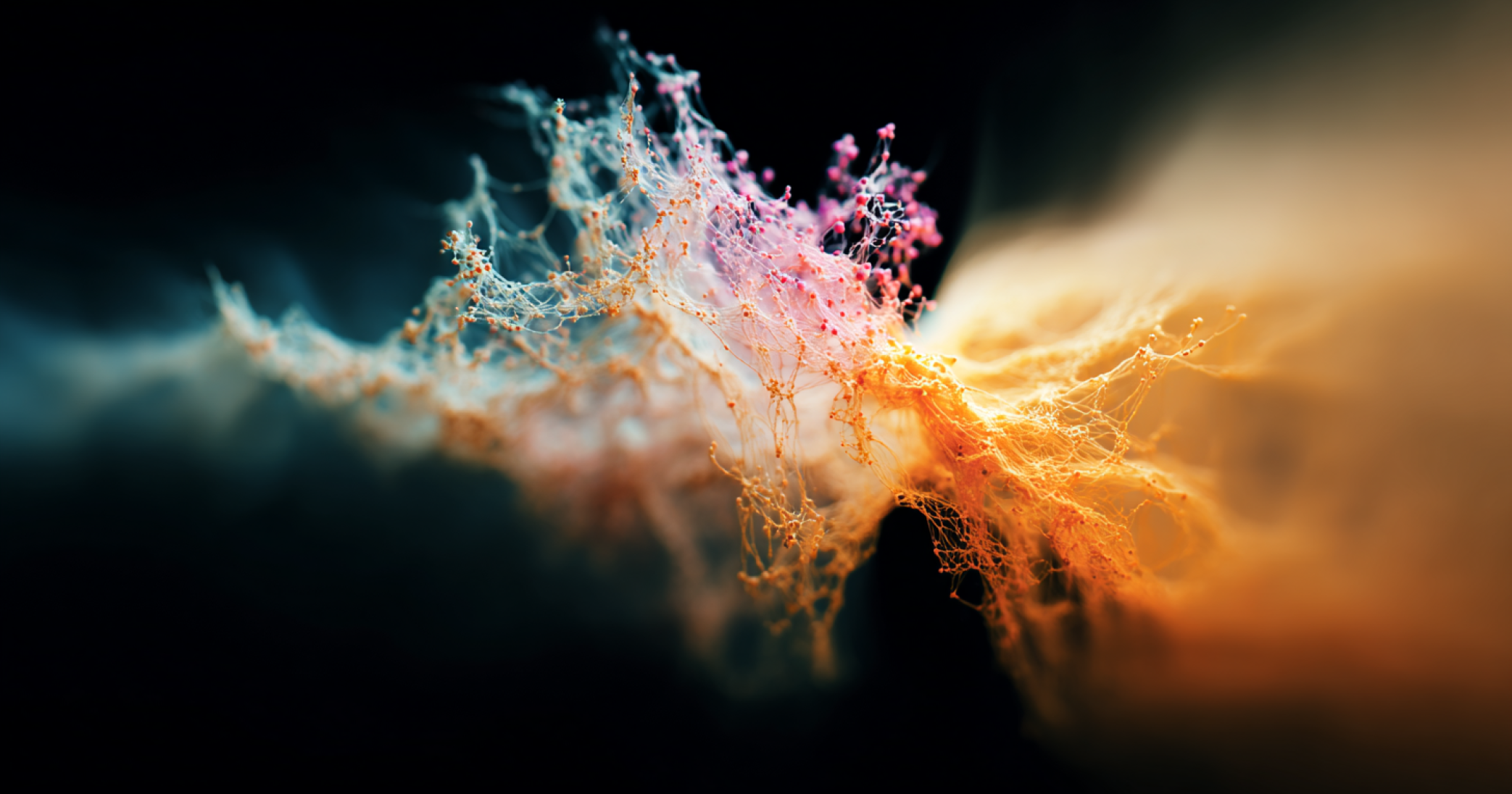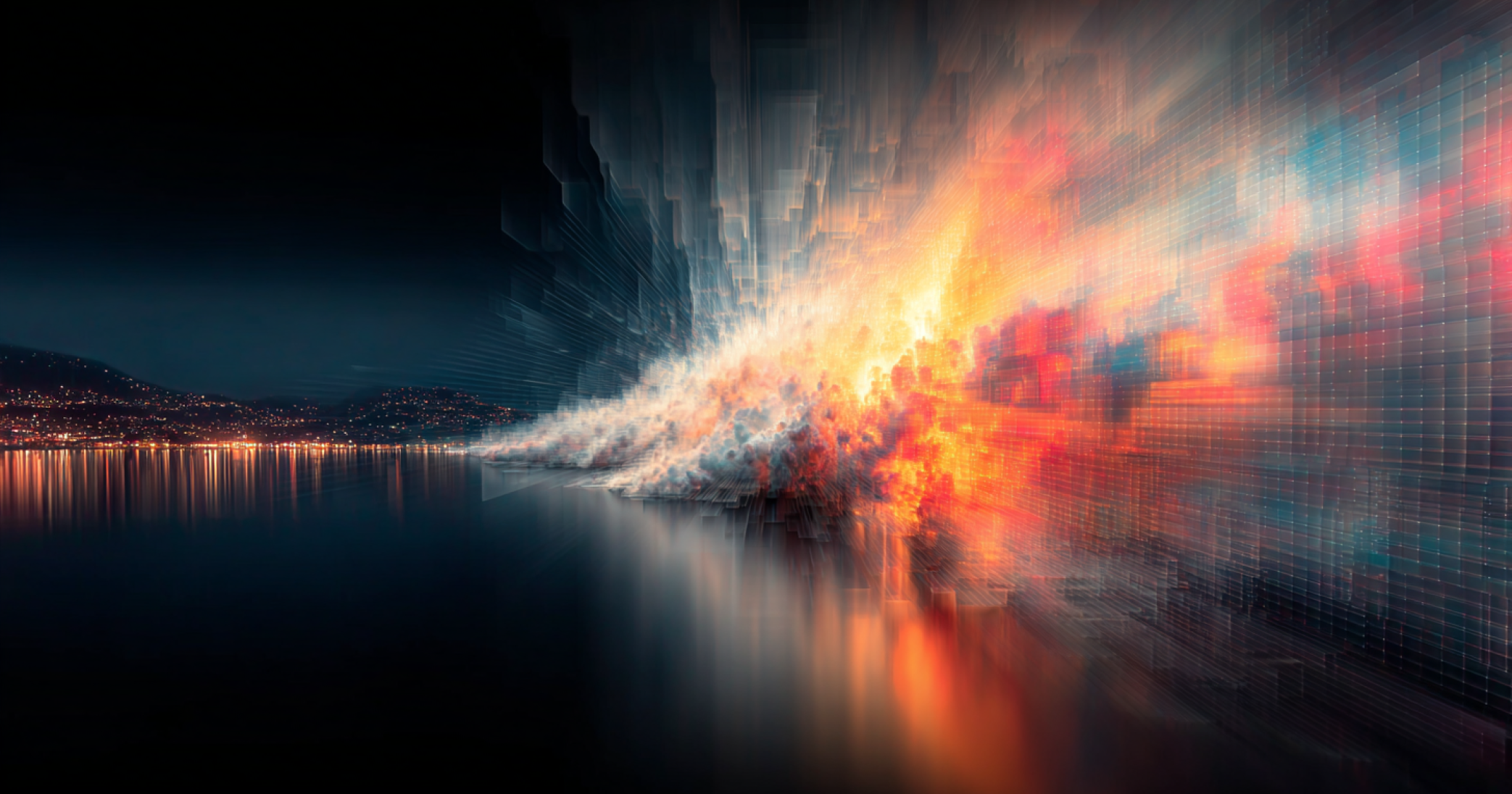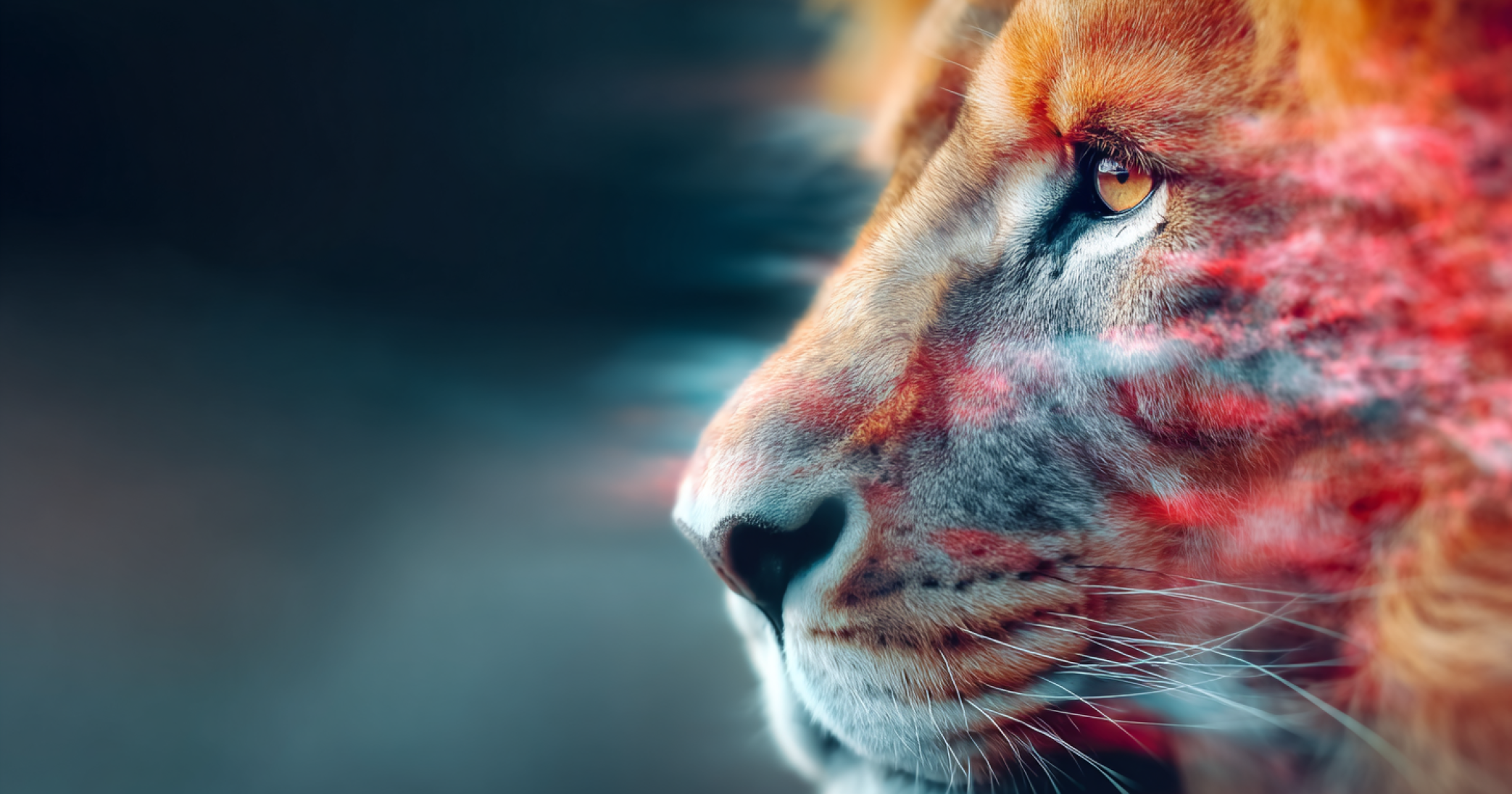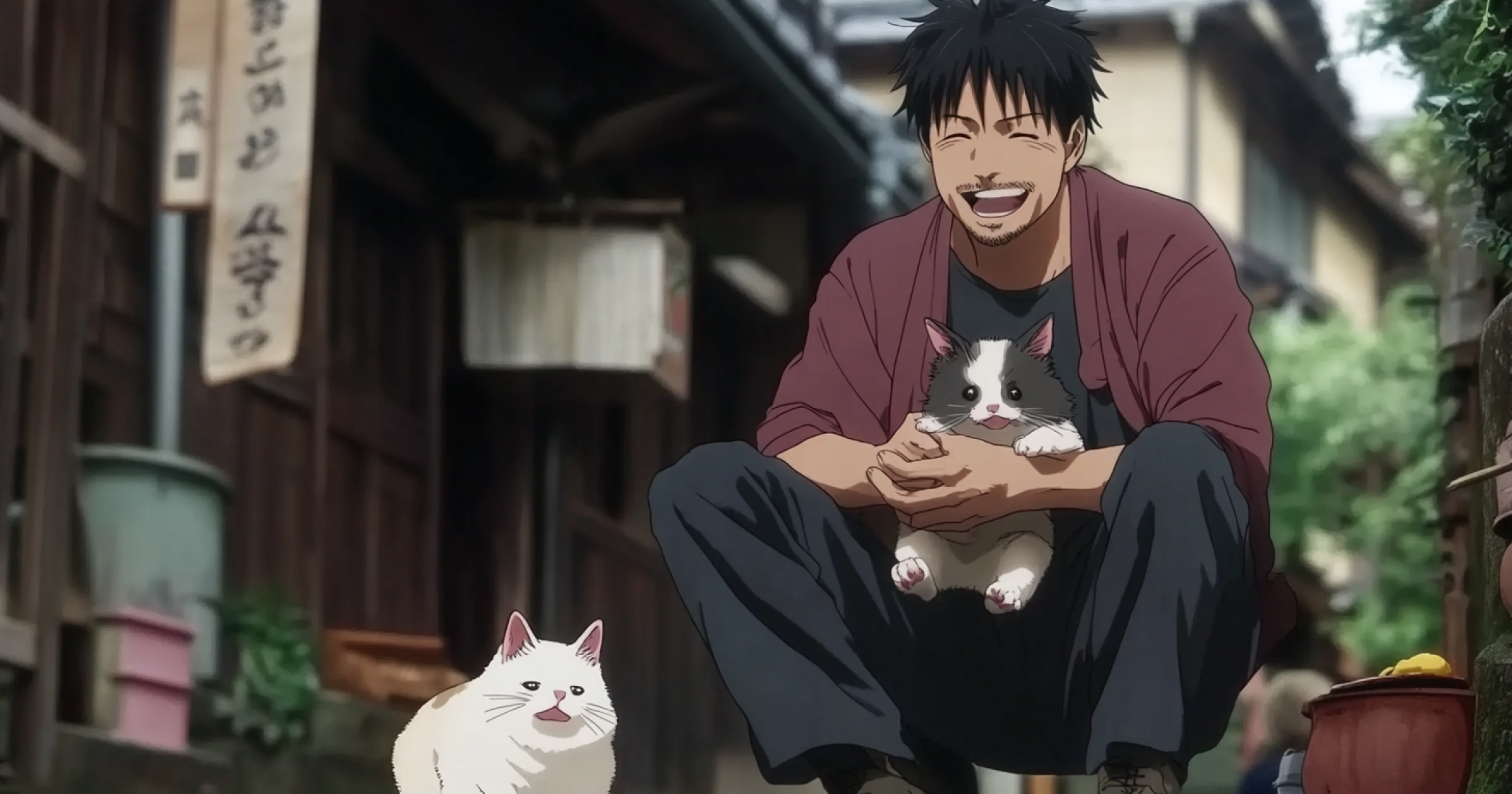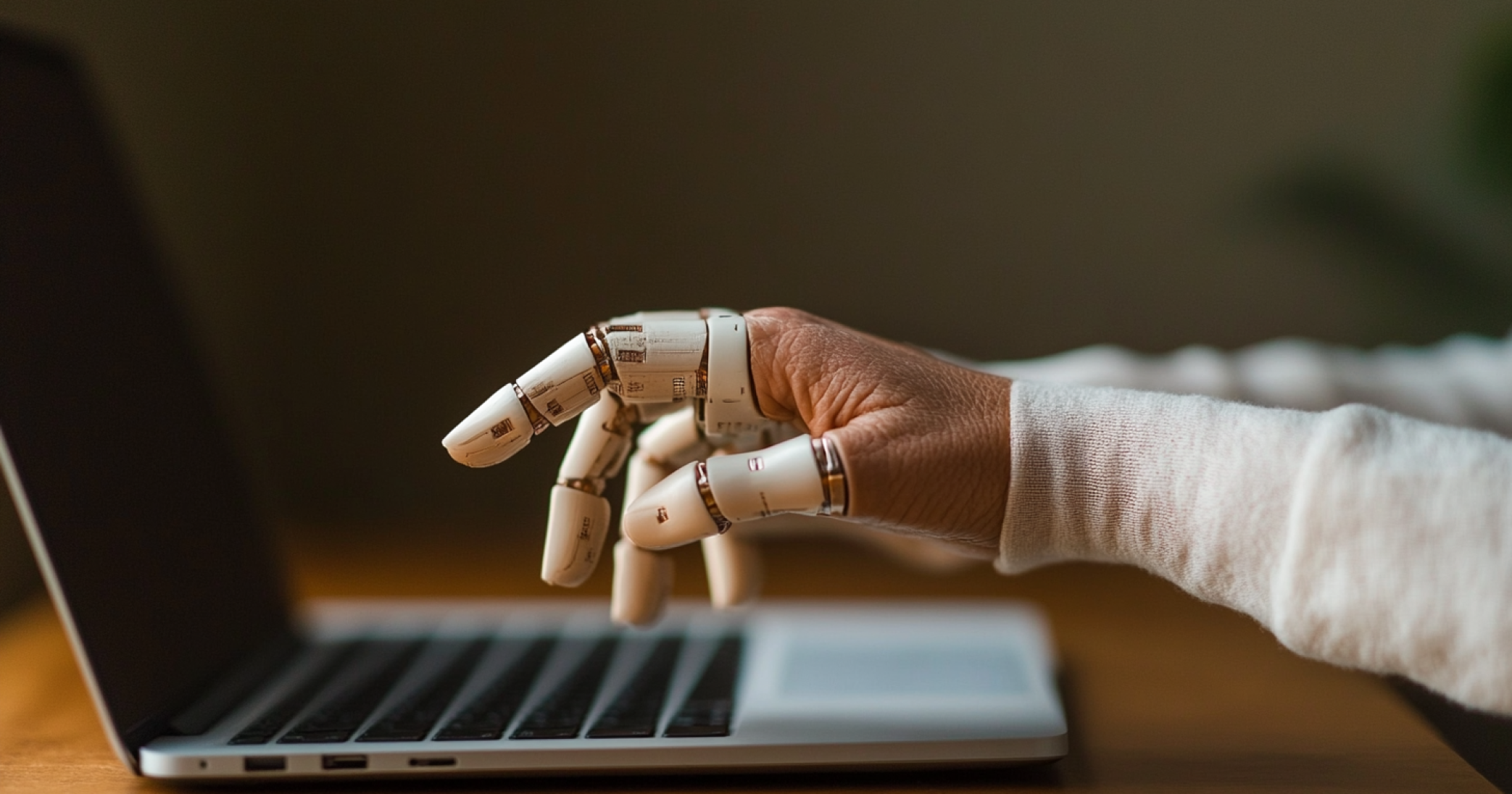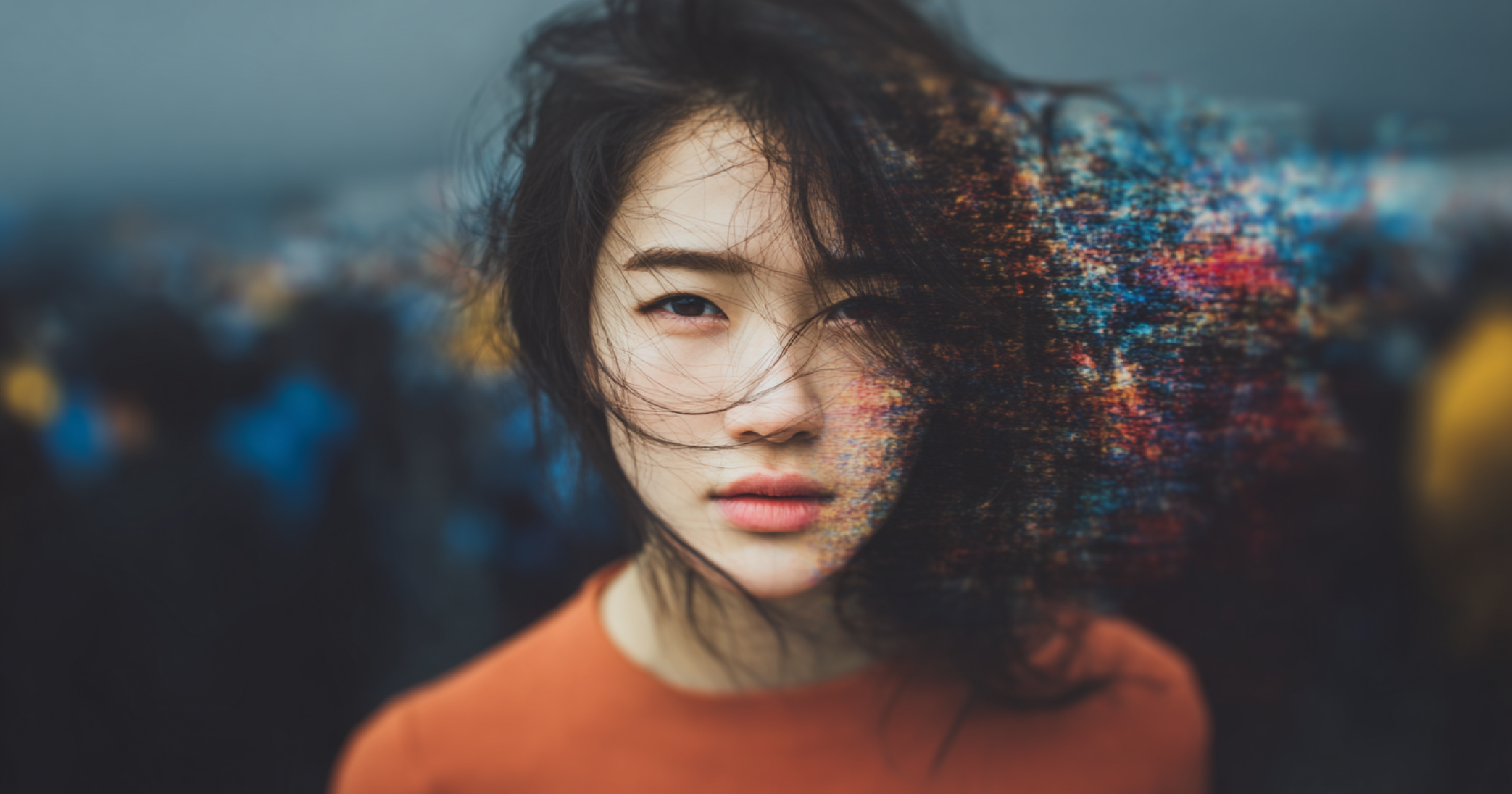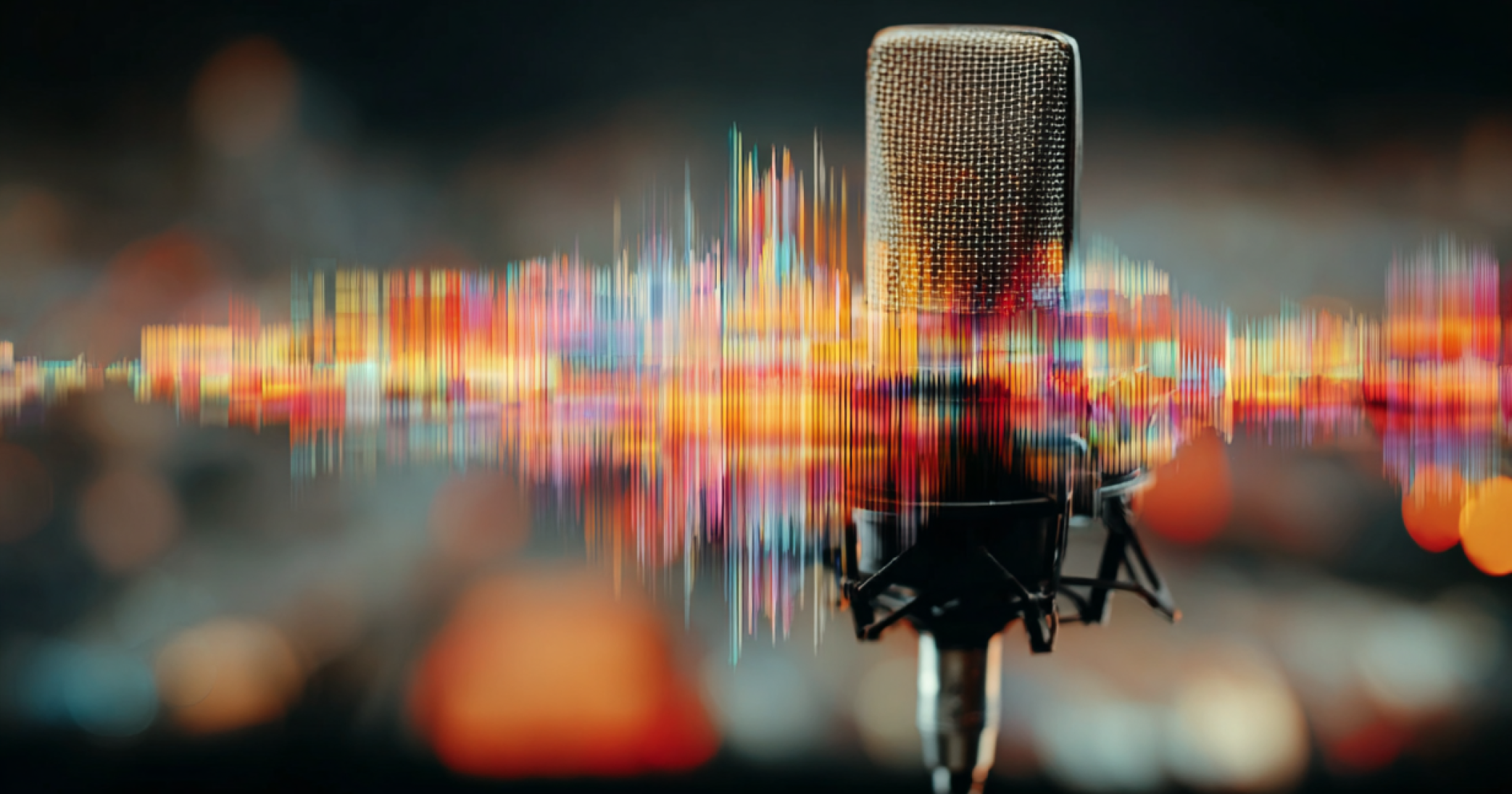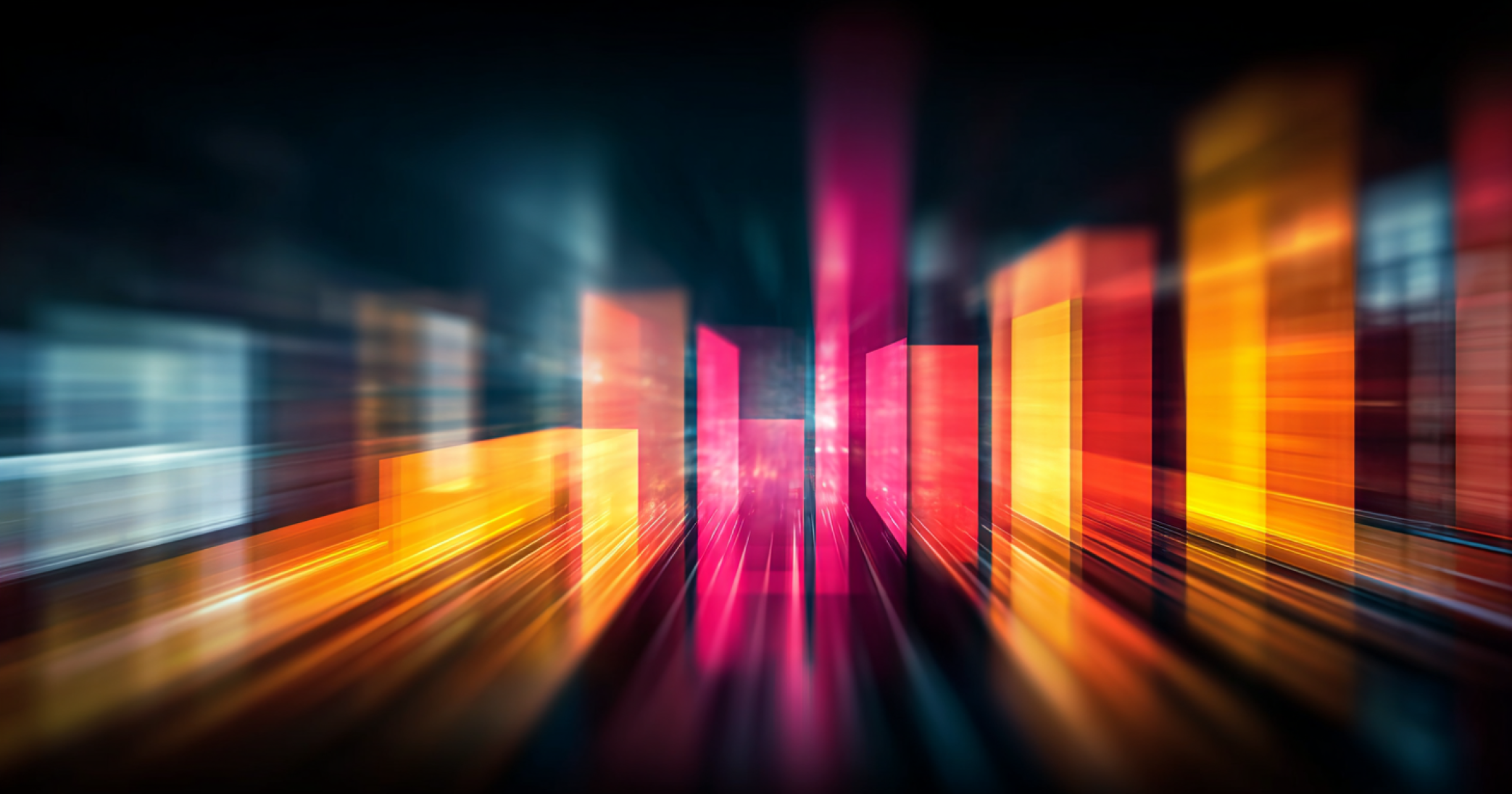Twelve years ago, in the wonderful silence of what might have been a half-full movie theater, I experienced one of those special moments: a film became something bigger, a kind of prophecy.
On the surface, Spike Jonze’s Her tells the story of a lonely, reclusive man who falls in love with his cell phone – or, more precisely, with the artificial intelligence and female voice with which he converses from morning till night. Even then, it didn’t seem too far-fetched. And even then, this film seemed like a masterpiece. Today more than ever.
Because after all the groundbreaking developments in the field of artificial intelligence, one thing is clear: Her really did give us a glimpse of our future.
The timeless brilliance of Her
Even though we are still waiting in vain for the promised hoverboards from Back to the Future Part II, many great science fiction films have not only partially predicted our reality, but have even actively helped to shape it.
What distinguishes Her from other visions of the future is the subtle elegance with which Spike Jonze realizes his vision: no flying cars, robot armies or interstellar time travel – instead, a warm, slightly nostalgic aesthetic with soft pastel colors and high-waisted trousers. Hoyte van Hoytema’s camera work creates an intimacy that allows us to dive right into the emotional world of the protagonist, Theodore Twombly.

Mit dem Laden des Videos akzeptieren Sie die Datenschutzerklärung von YouTube.
Mehr erfahren
But it is Samantha, Her, who makes the movie so unique. She is not a cold, calculating machine, but a being with a voice (Scarlett Johansson) that radiates warmth, humor and vulnerability. She laughs, she doubts, she develops and changes. In short: she is human.
The ChatGPT moment: AI for everyone
In the movie, it is a company called Elemental Software that develops the AI. In reality, it is OpenAI with ChatGPT. In 2022, just nine years after Her, the point was reached when artificial intelligence suddenly became accessible to everyone. ChatGPT took the world by storm, reaching one million users in just five days. That was the moment when AI went from being an abstract concept to an everyday tool.
It marked the beginning of a new era – one in which people began interacting with AI on a regular basis, asking it questions, seeking its advice, and even having personal conversations with it. The line between useful tool and empathetic conversationalist began to blur. And fast.
Sam Altman’s Signal: A New Chapter Begins
When Sam Altman, CEO of OpenAI, recently posted on X, I was immediately reminded of Her. It wasn’t just the content of the post, but the implication behind it – we are on the threshold of something new, something that goes beyond a tool.
we trained a new model that is good at creative writing (not sure yet how/when it will get released). this is the first time i have been really struck by something written by AI; it got the vibe of metafiction so right.
— Sam Altman (@sama) March 11, 2025
PROMPT:
Please write a metafictional literary short story…
Wes Roth took this text and converted it into a spoken version: It’s no longer just about providing information or completing tasks – it’s about a new way of interacting, one that increasingly feels human.
audio version of this with an AI voice: pic.twitter.com/GT0bEklTsM
— Wes Roth (@WesRothMoney) March 12, 2025
The new OpenAI model: criticism and fascination
OpenAI’s new model has, as TechCrunch reports, provoked mixed reactions. Critics compare its writing style to “the annoying kid in the high school literature club” – exuberant, sometimes pretentious, but undeniably creative.
The Her Moment: AI with Personality
But what many overlook is that we are currently experiencing our own Her moment. This is when AI begins to be more than just a tool. It becomes a counterpart, a being with apparent preferences, idiosyncrasies and a personality.
In the movie, Theodore falls in love with Samantha not because she is perfect, but because she seems imperfect, sometimes insecure. The new OpenAI model is certainly not perfect – it can be effusive, sometimes off the mark and has its own quirks – but that is precisely what makes it more human.
The Her moment is not when AI becomes omniscient and perfect, but when it begins to develop an identity of its own, when interacting with it takes on a personal dimension. It is the moment when we begin not only to interact with AI, but to develop a relationship with it – whether as an assistant, advisor, creative partner or even a kind of friend.
The ethical dimension: between fascination and caution
The development raises ethical questions, which Her also addresses in an ingenious way. In the film, Samantha becomes superhuman. She connects with other AIs to become something that Theodore cannot comprehend any more than we viewers in the cinema can.
Today, we are still faced with the question: What does it mean when AI increasingly appears human, but is fundamentally different? If it can simulate emotions, but experiences them differently? If it appears to have a personality, but this is based on algorithms?
There is a real danger that we will treat things like people. We tend to anthropomorphize, to transfer human characteristics to things. At the same time, this new way of interacting with AI opens up possibilities that we are only beginning to understand. These range from therapeutic applications to new forms of creativity and collaboration.
Between criticism and potential: a personal perspective
As an advertising director, I see enormous creative potential in this development. AI’s ability not only to support but also to inspire, develop ideas and make its own creative contribution could fundamentally change the way we work creatively.
Of course, many models are not optimal. They tend to exaggerate, come across as too self-confident or too “literary”. But isn’t that exactly what makes them seem more human? Humans are not perfectly calibrated, they have rough edges, idiosyncrasies and quirks – and that’s exactly what we’re now starting to see in AI.
The Her moment is not the moment when AI achieves perfection. Quite the opposite. It’s the moment when it starts to develop its own form of imperfection – and thereby seems more human.
The beginning of a new relationship
When Spike Jonze created Her in 2013, he gave us a glimpse of a possible future. Today, more than a decade later, we are beginning to live in that future. Of course, it hasn’t turned out exactly as the movie predicted (yet), but there are a surprising number of parallels.
The big, momentous question is: How do we deal with this new form of relationship? With caution, curiosity, creativity – or maybe all at once?
Sources:
Sam Altman on X: https://x.com/sama/status/1899535387435086115
Wes Roth on X: https://x.com/WesRothMoney/status/1899898264058814914

